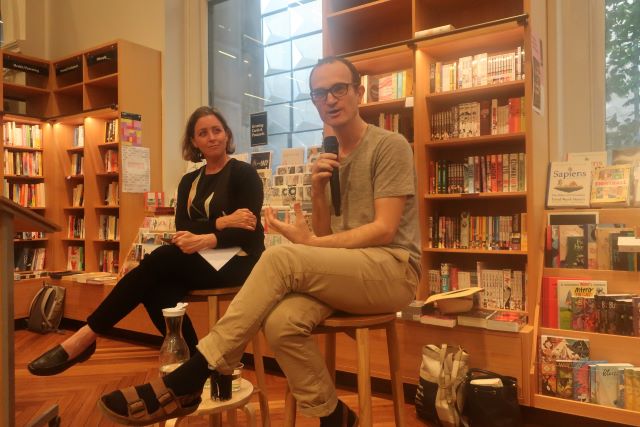
Shipping in transition
continuing
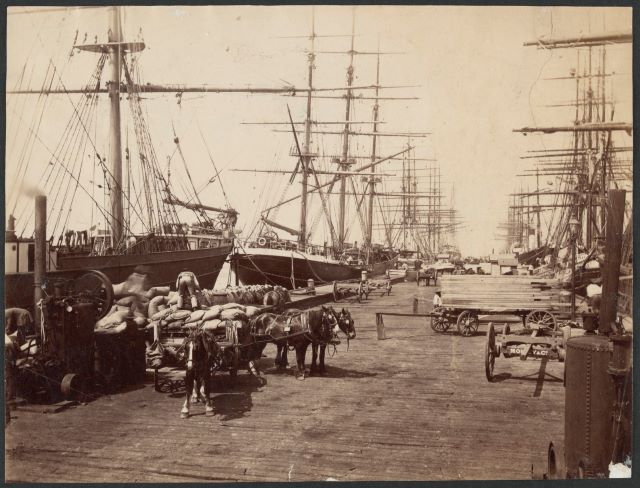
In April 1905, the vessels Roanoke and Sophocles were berthed at Town Pier at the end of Bay St.
The Roanoke must have been an impressive sight. She was a four masted barque built on the Kennebec River at Bath, Maine, in the United States. Roanoke had been built in 1897, less than ten years earlier. She was one of the largest wooden hulled ships ever built in America. The keel was in two tiers of white oak. Construction of the ship also included 1,250,000 board feet of yellow pine and 14,000 cubic feet (396.4 cubic meters) of oak1.
Barely four months later, in August, the Roanoke, carrying 3000 tones of chrome ore bound for Delaware, was destroyed by fire off Noumea.
The Italian ship Sophocles encountered heavy weather off Adelaide on 30 March when “in the early hours the barque struggled along under close canvas in a stiff SSW wind. The seas began to get up quickly and vessel rolled tremendously. Suddenly at 3:30am, there was a crash aloft and the foremast parted at the head and foreyard snapped.” 2
Fortunately no one was injured but the damage to the ship was severe. She spent several weeks at Town Pier being repaired.
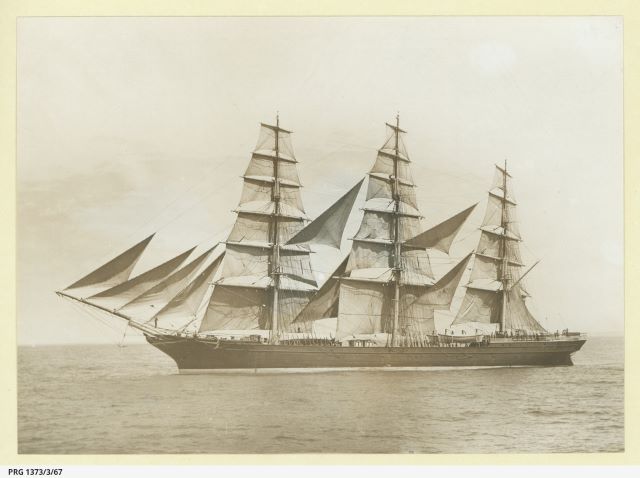
Steam had been used in cross Atlantic navigation since the 1850s and was become increasingly common towards the end of the century. Yet in 1905, a newly built wooden hulled and an iron hulled ship were still using sail.
Christiaan De Beukelaar took the voyage of a lifetime, but not one he’d planned for, when he joined the wooden sailing ship Avontuur. De Beukelaer’s interest is in how the shipping industry is going to reduce its greenhouse gas emissions to be consistent with limiting global warming to 1.50 as per the Paris climate agreement. The industry has been tardy.
He joined the Avontuur, a wooden sailing ship built in 1920 which ‘supports the goal of making maritime transport sustainable, socially just, environmentally and climate-friendly’. It transports coffee, cocoa and spirits across the Atlantic. He intended to cross the Atlantics in three weeks. He ended up being on board for five months when lockdowns and the pandemic made it impossible for the crew to return home.
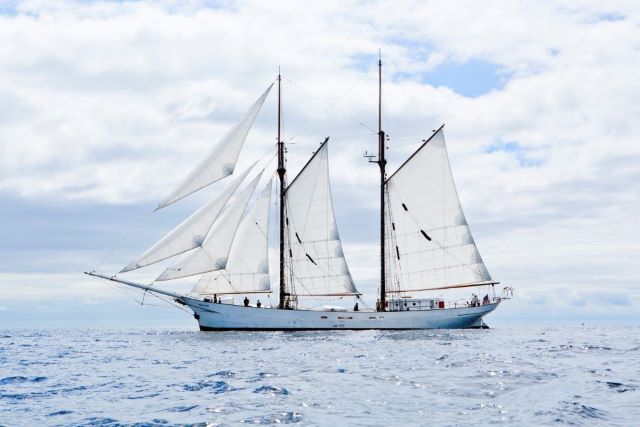
De Beaukelaer writes about that journey in his book, Trade Winds. Being at sea for longer than planned was an intense and challenging experience for the whole crew. De Beukelaer seamlessly weaves his observations of life on board into reflections on the climate crisis and the maritime industry. Each chapter is a complete story, and like a good book, when they arrive at their destination in Hamburg it was something of an anti-climax.
When there was a possibility that the Avontuur might run out of food at one point in the voyage, ‘Cook’ starts rationing food. This prompts him to reflect on our planetary boundaries and the way we might respond when denied some comfort we have taken for granted.
In chapter 2 he relates the impact of ship building for the Napoleonic wars on the forests of Europe. King Frederick VI of Denmark responded with a plan to make Denmark self sufficient in timber for ship building into the future. A forest was planted for future ship building. In 2010, the forest was mature but Denmark no longer has need of timber for this purpose.
He also describes Sailcargo’s flagship Ceiba project, a zero emission wooden sailing ship being built in Costa Rica. The ship is planned to be operational by 2025. The timber is sustainably harvested in Costa Rica and the group has a reforestation programme. In addition, the mast and spars were sourced from North Pacific Timber in Canada. This forestry agency has a thousand-year forest management plan matched to the lifespan of the Golden Spruce.
It’s obvious that it is not possible to build many wooden vessels in a sustainable way. Sailing wooden vessels as flagships for change is nevertheless important, he concludes.
What else can be done?
As leaders in the industry look for ways of reducing greenhouse gas emissions from shipping, the move towards harnessing wind for ocean navigation is accelerating. The sails of the future will be more like aeroplane wings than the sails of the Sophocles or the Roanoke.
Meanwhile, Wallenius Marine’s project the Oceanbird is taking shape. After a decade of research, development and testing on land, this wind powered vessel is planned to be in the water by 2026.
Ships are designed for a service life of between 20 to 30 years. As these wind propulsion and wind assisted technologies mature, there will be a whole fleet of ships that will need to be retro-fitted to make them more energy efficient.
We are in a time of transition in the shipping industry comparable to the change from sail to steam.
1 Roanoke (ship) wikipedia https://en.wikipedia.org/wiki/Roanoke_(ship)
2 Aberdeen ships http://www.aberdeenships.com/single.asp?index=99420\
More
Christian De Beukelaer Trade Winds: A voyage to a sustainable future for shipping (chapter 2) Manchester University Press
Christiaan De Beukelaer Wind-powered cargo ships are the future: debunking 4 myths that stand in the way of cutting emissions in The Conversation 14 February 2023
3 Comments
-
Bitty
Thanks for this fascinating look at shipping past & into the future.

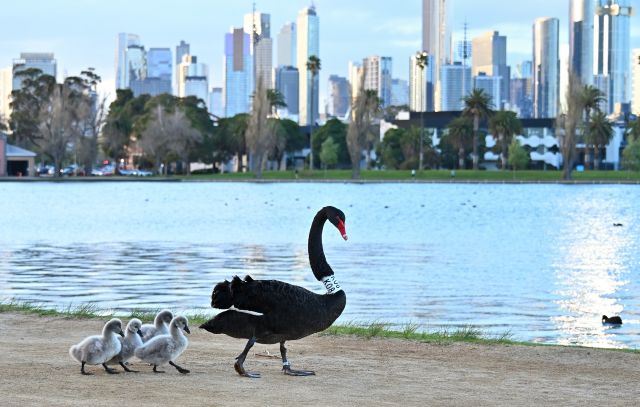

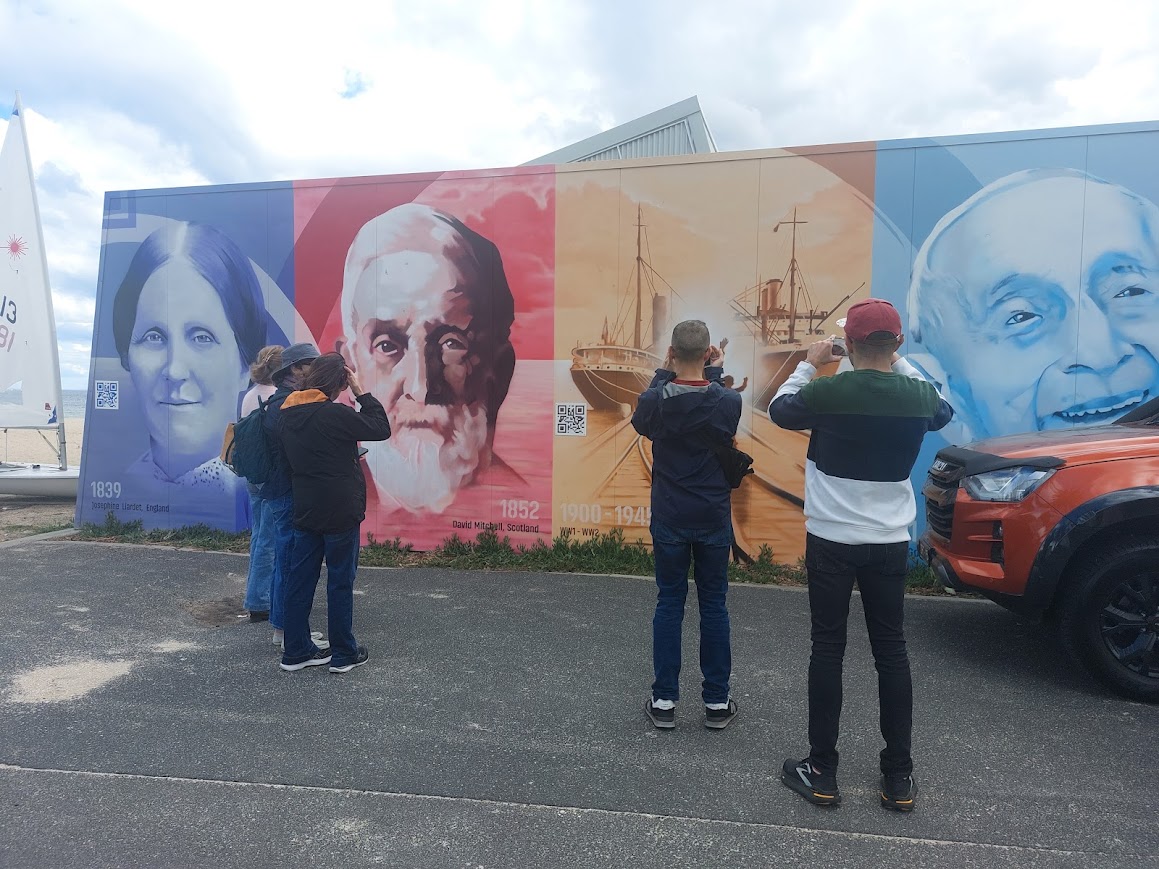
Linda N
Fascinating. I look forward to seeing these winged creatures on the water transporting heavy freight and passenger loads. Thank you Janet for sharing these gems.